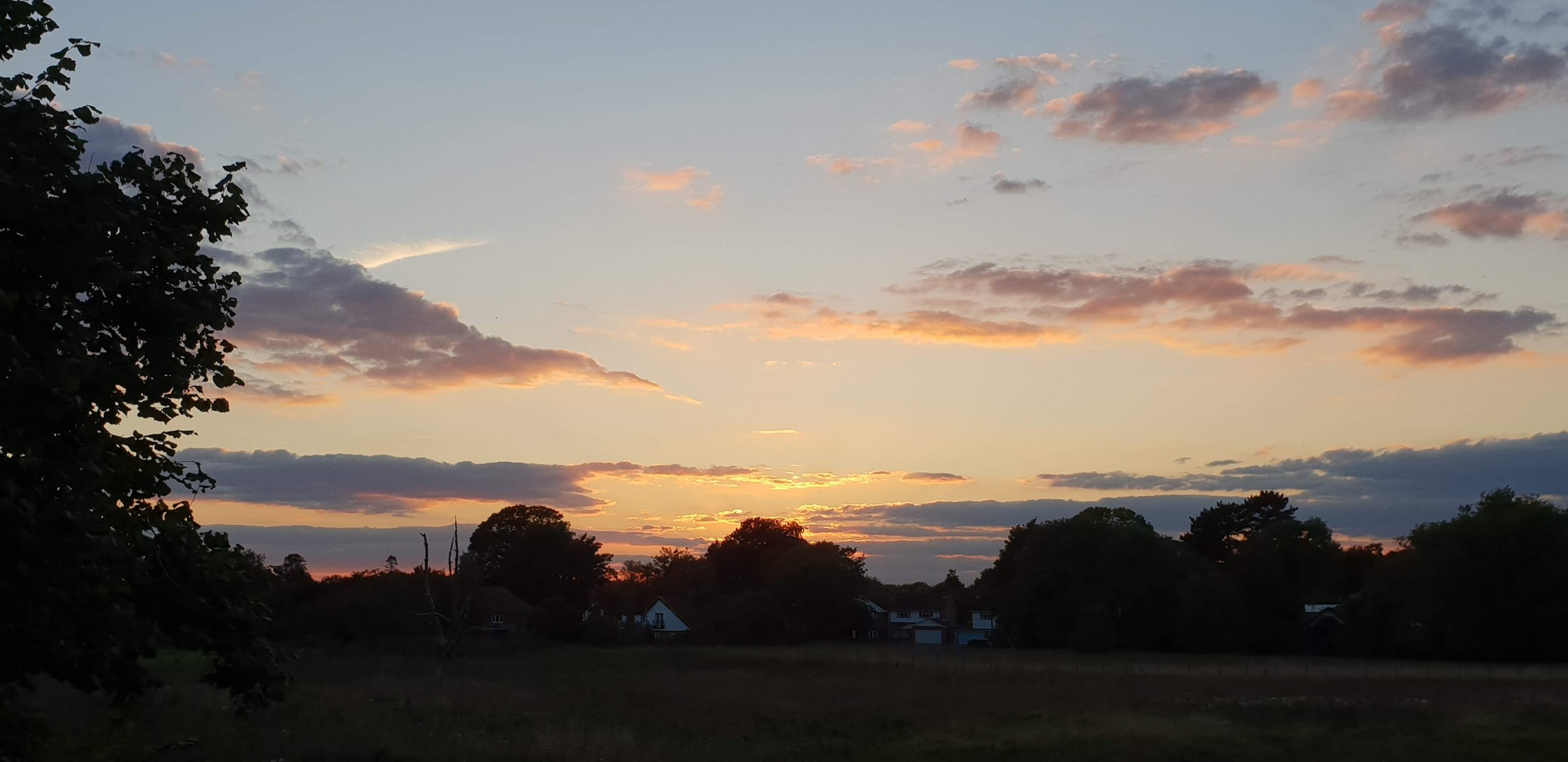
Tranquillity & Character
“without people there is only land, with people there is landscape”
What is Tranquility?
The top 20 survey responses
1.Seeing a natural landscape
2.Hearing birdsong
3.Hearing peace and quiet
4.Seeing natural looking woodland
5.Seeing the stars at night
6.Seeing streams
7.Seeing the sea
8.Hearing natural sounds
9.Hearing wildlife
10. Running water
11. Rivers
12. Wide open spaces
13. Wild landscapes
14. Trees
15. Seeing lakes
16. Remote landscapes
17. No human sounds
18. Lapping water
19. The sea
20. Seeing deciduous trees
Source:
October 2006 CPRE Tranquillity map of England.
What Tranquility Is NOT
The top 20 survey responses
1.Hearing constant noise from cars, lorries and/or motorbikes
2. Seeing lots of people
3.Seeing urban development
4.Seeing overhead light pollution
5.Hearing lots of people
6.Seeing low flying aircraft
7.Hearing low flying aircraft
8.Seeing power lines
9.Seeing towns and cities
10.Seeing roads
11. Hearing man made sounds
12. Seeing, Any signs of human impact
13. Seeing, Military training (not aircraft)
14. Seeing, Wind turbines
15. Hearing, Occasional noise from cars, lorries and/or motorbikes
16. Hearing, Military training (not aircraft)
17. Seeing, Railways
18. Seeing, High altitude aircraft
19. Hearing, Trains and Railways
20. Seeing, Anyone at all
Source:
October 2006 CPRE Tranquillity map of England.
Researchers asked more than 1,000 people what they thought tranquillity was, what enhances it and what detracts from it and how important those factors are to them. The 44 factors which emerged from that exercise were used to collect data on the characteristics of each locality – such as its closeness to roads and buildings, how noisy and crowded it is, how near to water and whether it offers views of open countryside.

Character
This is a rich agricultural patchwork of rolling, valley-side pastures and undulating arable fields. The field pattern is irregular, with fields of various shapes and sizes, generally divided with native hedgerows. Large areas of native mixed woodland dominate the skyline, and form thick ‘walls’ around the fields, giving a strong definition to the fields and providing valuable ecological habitat. Late twentieth century hedgerow removal in areas of arable cultivation, has increased the importance of woodland in giving structure to the landscape. Recent vineyard planting is generating an notable change to the agricultural patterns of the landscape.
Settlement is limited to occasional hamlets and isolated farms within valleys, reflecting the fact that the soils were difficult to work and could only support a small population. The lack of settlement is one of the area’s characteristic features. The settlements of Luddesdown and Lower Luddesdown comprise clusters of traditional buildings, including Luddesdown Court (Grade 1 listed) and the thirteenth century church of St Peter and St Paul. A church was recorded here in the Domesday Book, and the adjacent house and farm are late eleventh century in origin. There are good examples of traditional timber-framed buildings and Kent peg tiles, including the Upper Bush Conservation Area. The farms and hamlets are linked by a network of narrow and winding lanes which follow the contours of the rolling downland landscape, and Buckland Road runs through a valley known as ‘bowling alley’. The Wealdway Long Distance footpath runs north-south through the area.
Woodland is very significant in this landscape, providing an important backdrop for the rolling landform, the network of small country lanes, the scattered settlements and the extensive valley pastures. In the east, around Luddesdown, the fields are contained by thick ‘walls’ of woodland, and strips of remnant coppice, or shaws, occur frequently along the steeper valley sides. There are also areas of coppice woodland, including sweet chestnut and hornbeam. Much of the woodland is ancient, and the luxuriant, species-rich hedgerows add to the well-treed character of the landscape. There are also significant areas of chalk grassland, particularly on steeper slopes, although scrub encroachment and fragmentation of grassland habitats is a concern. Many of the woodland and grassland sites are designated Sites of Special Scientific Interest.
